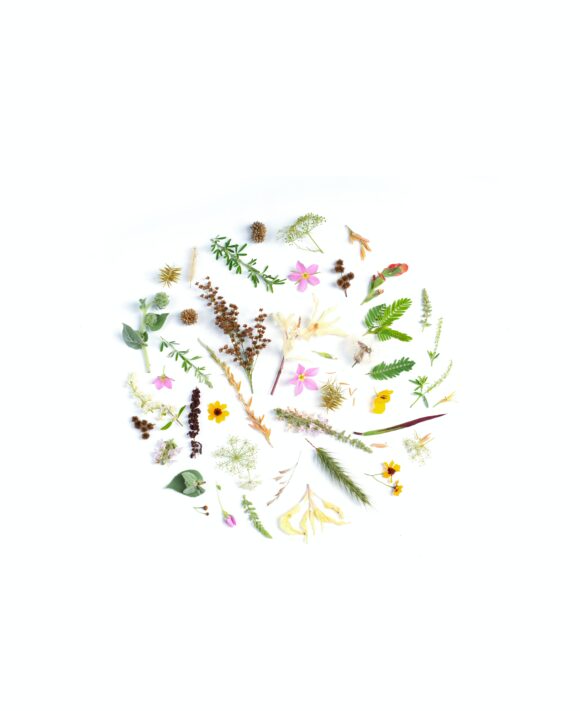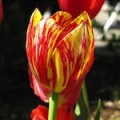- Expressing Gratitude for Forgiveness the Victorian Way - May 12, 2023
- The Evolution of Wedding Flowers - May 12, 2023
- The Power of Flower Arranging - May 12, 2023
Hello my dear reader, welcome to The Right Flowers where you’ll find a myriad of articles on the topic of, as you may have guessed, flowers. This article outlines the recipe for a bouquet to welcome a child. This applies both to welcome the gift of a newborn baby as well as any sort of welcoming during their younger years.
In the Victorian era, the language of flowers was an essential means of communicating emotions and sentiments. From declarations of love to expressions of condolences, every flower carried a specific message. In this post, I shall elaborate on how a bouquet of flowers could be used to convey a message and provide an example of a bouquet that conveys a specific message.
The message we shall convey through the bouquet is,
“May maternal love protect your early youth in innocence and joy!”
Each flower in the bouquet will represent a specific element of the message. Let us begin with the flower that represents maternal love, the moss. The soft and delicate moss symbolized the tender and nurturing love of a mother, making it the perfect choice for conveying maternal love. Most types of moss create a layer covering whatever they’re hosted by. Common Hair-cap Moss is one of the most common species of moss across the Western hemisphere. The soft ground cover is like a shell to protect the soft muddy domain of insects. This acts as a metaphor for the fierce shroud of love and defense cast upon the child of a protective mother.
Next, the bearded crepis was a popular choice for conveying protection. Its sturdy and protective stem represented strength and shield, making it a fitting symbol of protection.
To represent early youth, we turn to the primrose. The delicate and charming primrose was often associated with the innocence and beauty of childhood, making it an excellent choice for representing early youth. The phrase associated with primroses in the Victorian language of flowers is “Gladness in Youth.”
For innocence, we’ll pick the daisy. The simple yet charming daisy represents purity and innocence, making it a popular choice for conveying this sentiment.
Finally, for joy, we select the wood sorrel. The bright and cheerful wood sorrel represents happiness and joy, making it an ideal choice for representing the joy of youth.
Together, these flowers combine to create a beautiful bouquet that conveys the message, “May maternal love protect your early youth in innocence and joy!”
What a wonderful practice to place such intention into your craft by carefully selecting the flowers and arranging them in a thoughtful and meaningful way. Your intention will surely be carried on through the life of the bouquet. The recipient will be able to feel your intention without having to say a single word.





